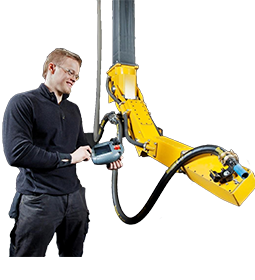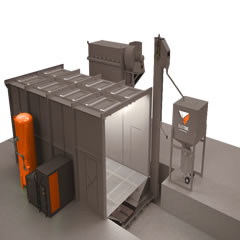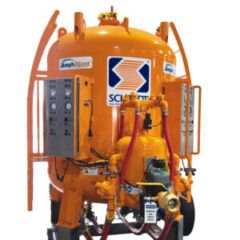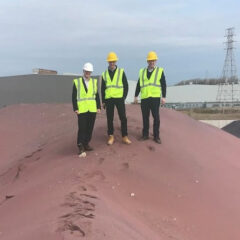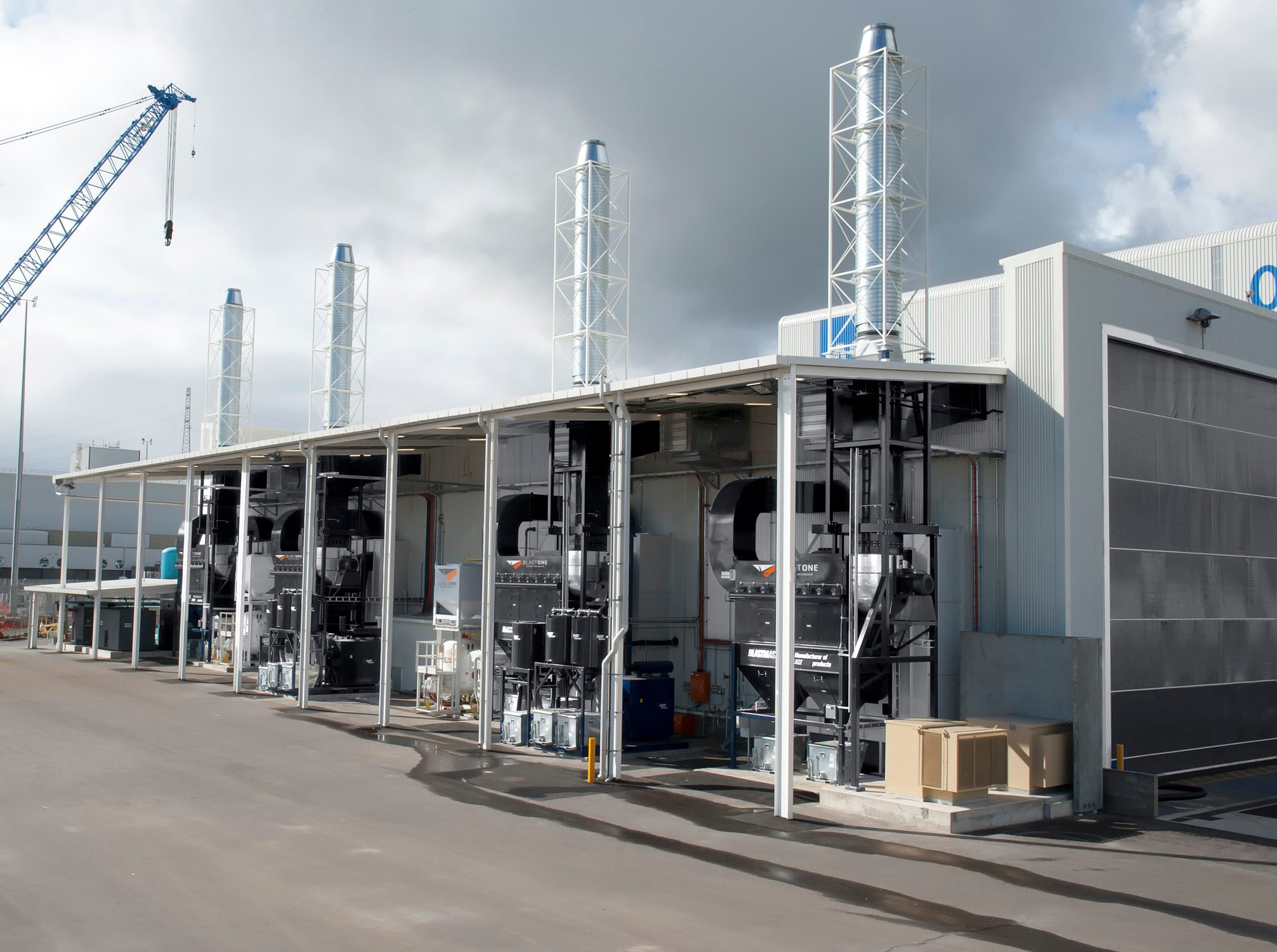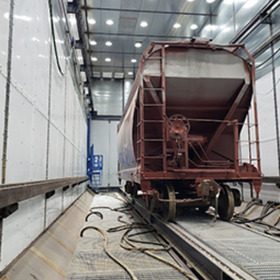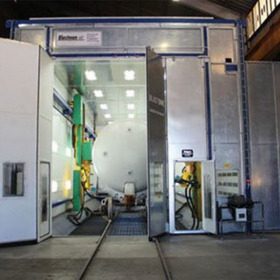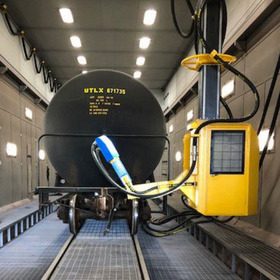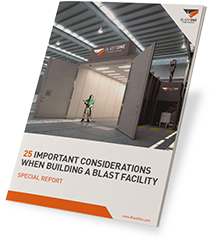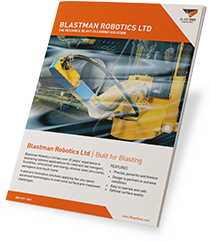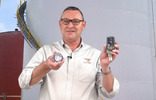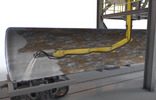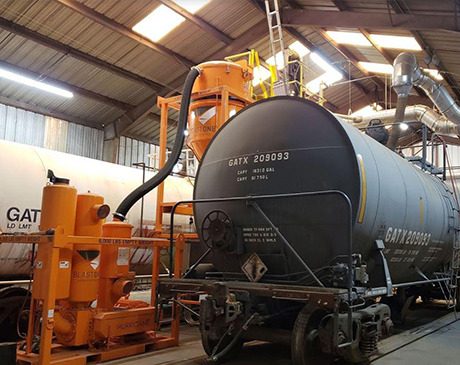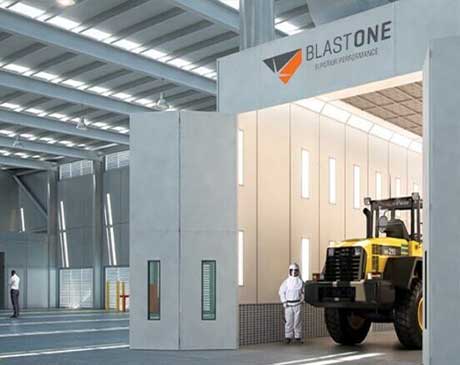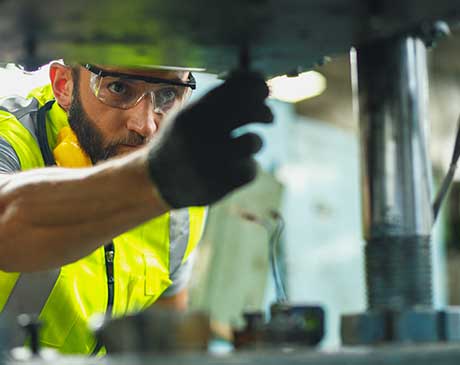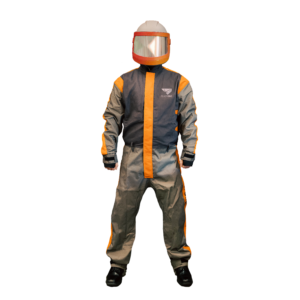Industrial Railcar Repair & Manufacturing Blast & Paint Facilities
BlastOne has a long history of working with railcar manufacturers helping them get on track and stay there. Each job has unique challenges and we collaborate with you to find the fastest, safest and cleanest solution for your desired outcomes.
A protective coating system has a distinct service life. No coating lasts for ever – particularly not in a harsh environment. Extending that service life is possible with quality coatings, applied with quality coating equipment, applied over a substrate which has been prepared to a high quality standard using high quality blasting equipment and high quality abrasive. BlastOne has extensive experience to help you maximize coating life and reduce corrosion.
All railcars, whether it is a closed top hopper car, box car, tanker car or auto-rack, can fall victim to coating failure. Some of the common issues we’ve found from working with the industry include:
The causes for corrosion in railcars are many and varied. Hopper cars, known for carrying road salt, are highly susceptible to corrosion. Tank cars also transport high chloride containing content such as saltwater in crude oil, which can lead to heavy corrosion of unlined cars. Highly caustic material is also carried and can lead to premature coating failure and corrosion. Salt has a significant effect on coating life time and can significantly damage the coating to substrate bond.
This creates the need for a durable and resistant barrier to protect the steel from corrosion. These assets are expensive to build and when in service they earn significant income. When railcars are out of service, they cause losses in production and opportunity which ultimately leads to a loss of profits.
High quality abrasive blasting ensures the surface is ready for coating application and lengthens the life of the coating.
The Best Blasting Equipment
The scale of equipment relevant to blasting railcars ranges from a single hand-held nozzle to a fully robotic automatic blasting system. The type of equipment specified depends on the output of the plant. If the plant has a low output, (>1 painted car output per day), or primarily tank car internals, manual handheld blasting is the usual systems type. If there is a goal to increase the output of the department, if blaster employee turnover is high because of objections to manual blasting, or safety records are poor, automated surface preparation is a solution to the challenge. This can be accomplished by either robotic manipulator arm style of blasting with conventional equipment or a pass-through centrifugal wheel style machine.
When air blasting, it is always recommended to utilize a system that can provide 150PSI compressed air output. This will maximize production.
For cars that are 100% ferrous metals, steel grit is often used. For cars that incorporate any non-ferrous metals as part of the construction, ToughBlast Garnet or other mineral abrasives are often used.
The biggest factor is the facility the cars are being processed in. If the plant can keep the area the blasting is occurring in completely dry (with a blast booth for instance) steel grit may be the preferred choice. If getting water into the area is ever a possibility, an expendable material like the garnet is a more cost-effective choice.
If there is a risk of water ingress, steel grit is not suitable for use in a blast room. This is because, once wet, the grit particles bind together into one mass, making removal extremely difficult. In this instance, a garnet abrasive must be used.
Coating Types and Equipment
Protecting the railcar surface is critical, especially after removing rust and other surface damage. Applying the right coating can add years to the service life of the equipment, maximize your investment and eliminate cross contamination between cargo types.
Typically, railcars are lined with high-build, 100% solid epoxies, while exteriors are more commonly coating in a thin film waterborne material.
Often, the coating equipment selected is a plural component system with the ability to change ratios quickly, allowing for greater flexibility in coating choice and guaranteed on-ratio mixing.
Standard coating inspection instruments that are used: wet and dry film thickness gauge, environmental monitoring, and holiday detection.
BlastOne is a supplier of turnkey abrasive blasting and coating systems.
Large enclosed halls can be designed and engineered to provide ventilation and visibility for both painting and grit blasting. The abrasive recycling systems and high performance vacuums provide work efficiency, while humidity controlled air helps prevent oxidation and flash rusting of the steel between the blasting and coating processes.
The configuration of the rooms can be designed around the rail cars to be coated. Ventilation systems are designed for end draft or downdraft configurations.
Normally, because of the size of the rooms, a separate structure is required for the booth and the building housing it.
 My Account
My Account


